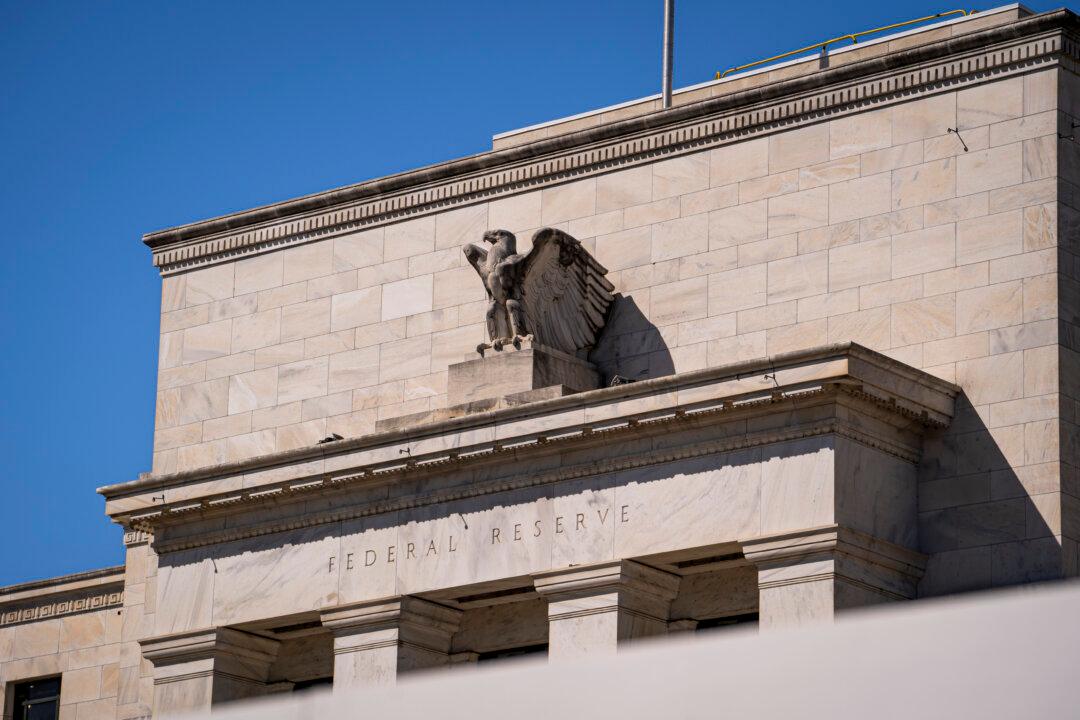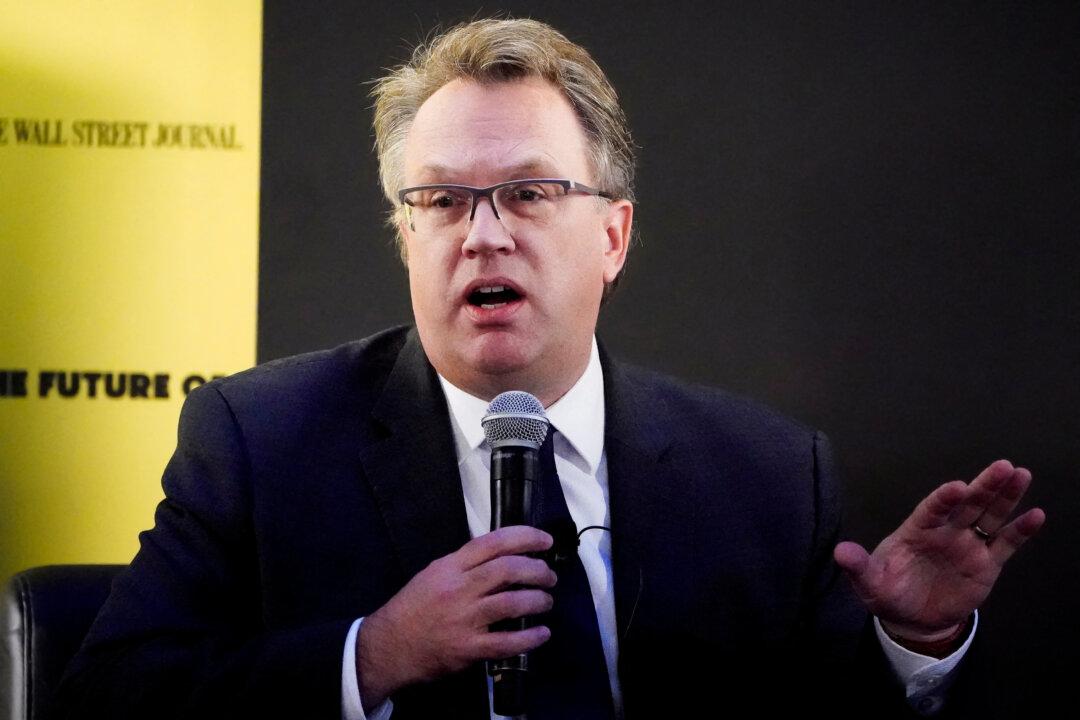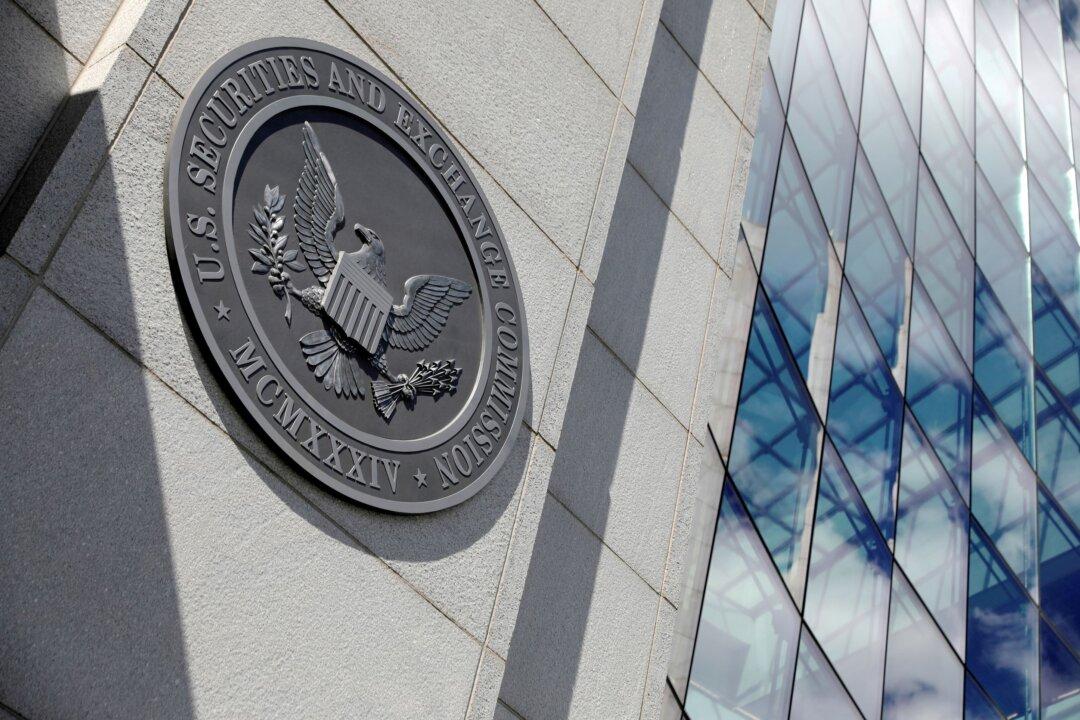The U.S. economy continued to expand at a slow pace in the first quarter of 2024; however, firms became more pessimistic because of reduced consumer demand and increased inflation, according to the Federal Reserve’s Beige Book report released on May 29.
The Beige Book, which is published eight times a year, provides a summary of economic conditions across the Federal Reserve districts, highlighting their varied conditions across industries and regions.





